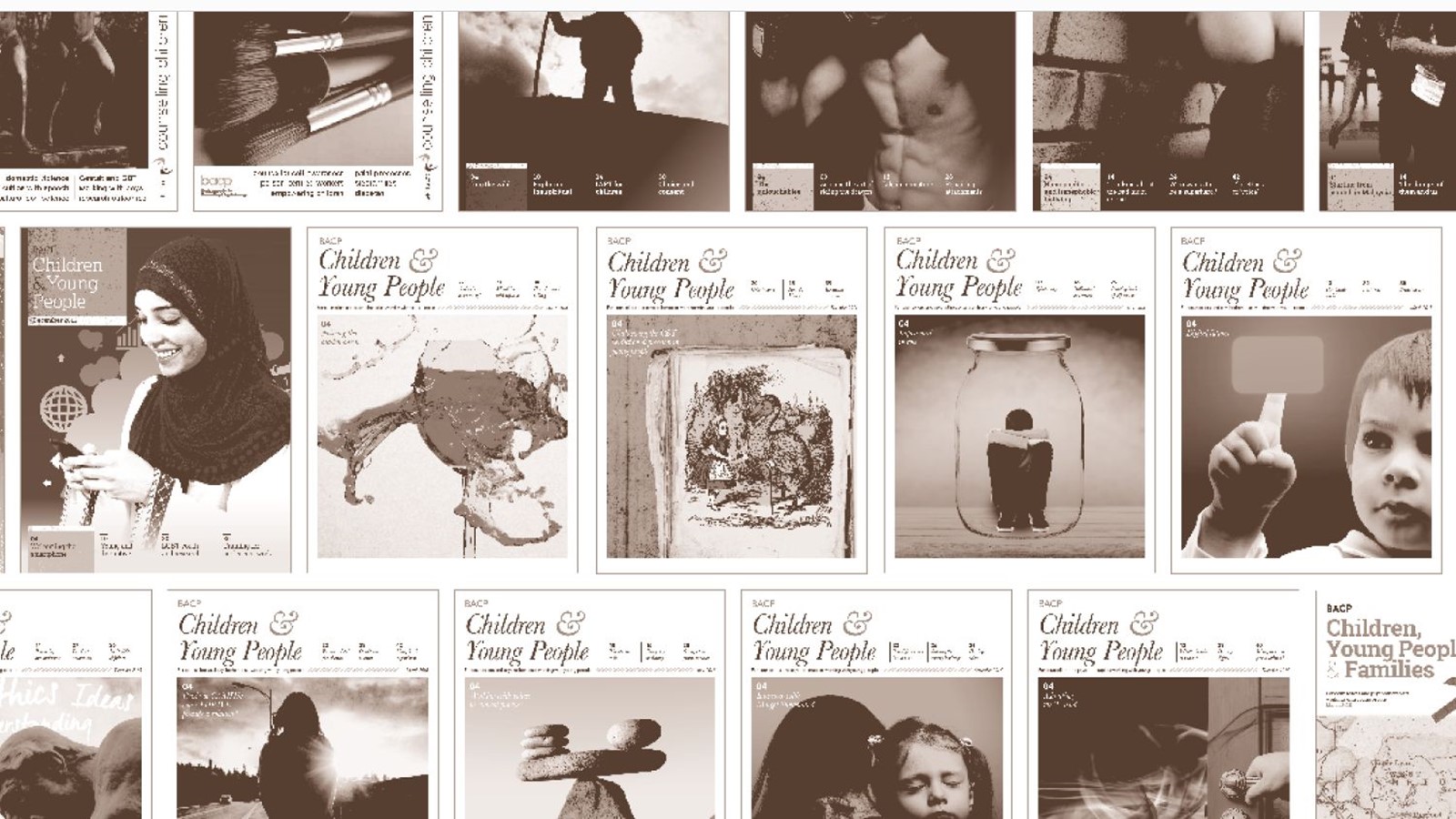What do you do in the first five minutes after you wake up in the morning? Perhaps, like around a third of adults in the UK, you pick up your mobile phone.1 Nothing wrong with that, since the mobile has become such a ubiquitous source of information and digital assistance in our everyday lives. But how deliberately do you look at your phone first thing in the morning – is it a conscious decision to use your small slab of digital technology or are there other, less conscious factors driving your behaviour?
I’m writing this article in the same week that the Royal College of Psychiatrists (RCP) called for professionals to routinely ask children and young people about their use of digital technologies during mental health assessments.2 The RCP seems to be particularly concerned about vulnerable young people being exposed to harmful online content, like pro-self-harm websites and information that could encourage disordered eating. It absolutely makes sense to consider risks like these, and I wholeheartedly agree with the suggestion that we should make questions about children and young people’s use of technology a routine part of our assessment processes. But there may be more insidious and perhaps more challenging forces at work in the online world, which impact everyone who accesses the internet – adults as well as young people, and not just those who come across harmful content. These more universal potential harms have been described as ‘digital pollution’3 and many of them have to do with how our attention is captured, diverted and manipulated in the online world – usually without us being consciously aware that this is happening.
‘Sticky design’ (also known as addictive design) is the holy grail for 21st century technologists, and refers to the devilishly smart suite of tips and tricks that designers use to make sure we want to pick up our phones first thing in the morning, and keep using them all day. For example, notifications on our devices get our attention with noises and (sometimes literal) red flags, while social media sites like Facebook and Twitter often use an ‘infinity scroll’ – a never-ending stream of social ‘stories’ that make it difficult to stop gorging on news of our contacts’ latest adventures once we have started. But what’s so bad about digital products and services demanding our attention?
In 2013, a group of scholars known as the ‘Onlife Initiative’ (supported by the European Commission and including experts in anthropology, computer and cognitive science, law, social policy and psychology) made the claim that human attention resources are precious: ‘In the digital economy, attention is approached as a commodity to be exchanged on the market place... [but to] the same extent that organs should not be exchanged on the market place, our attentional capabilities deserve protective treatment’.4 James Williams picks up a similar theme in his excellent, short and freely downloadable book, Stand Out of Our Light.5 In the information economy, customers are advertisers, and the commodity being sold is our attention; ‘share of thumb’ is a phrase commonly used by media companies to describe the competition for our attention as we tap on a smartphone. Williams suggests that for too long we have been minimising or dismissing the consequences of sticky design (such as scrolling endlessly through our Twitter feeds when we know we have more important things to do) as mere annoyance or distraction, rather than thinking about them as a fundamental undermining of our right to choose where, when and for how long we direct our attentional resources.
What are the implications of all this for children and young people? We know that the brain structures that support self-awareness and self-control are some of the slowest to mature, so children and young people are likely to be particularly susceptible to the kinds of ‘brain hacks’ that digital designers routinely use to promote stickiness in their products and services. The brains of young people are also shaped by evolution to be developmentally sensitive to chemical rewards released in response to novel stimuli; without a drive for novelty and excitement, adolescents might never leave the family home to find their own way in the world. So the ‘slot machine logic’ of addictive design – ‘the setup of expectations with unpredictable rewards leading to a continuous dopamine-driven longing to see what’s next – what’s further down the scroll, behind the next notification, etc’3 – is especially likely to do what it says on the tin and cause addictive behaviours in young people.
I asked 16-year-old Jacob how easy it is to switch off from the online games that he loves to play, which he says have been keeping him awake long past his bedtime and causing considerable conflict with his Mum. Jacob concedes that it can be difficult to tear himself away, but he also makes the valid point that it’s not just digital technologies that are designed to capture our attention: ‘People used to worry loads about children reading books too much and what that would do to their brains, but now it’s games that everyone’s going on about. Things change; maybe in a few years there will be something else for Mum to get stressed about’. Perhaps Jacob is right that our concern will eventually move elsewhere, but nonetheless I think that children and young people deserve to understand how the digital world is designed, for both good and ill. The stickiness of 21st century technologies, among other worries related to e-safety and digital privacy, have prompted rights advocates to include the ‘Right to Informed and Conscious Use’ and the ‘Right to Digital Literacy’ as two of five ‘digital rights’ that children and young people should have protected in the online world. In essence, digital rights are no different from any of the other fundamental human rights that children and young people should be able to enjoy as set out in the United Nations Convention on the Rights of the Child, but they have been selected and articulated as especially relevant in the digital world. I have found the 5Rights Foundation’s resources to be incredibly useful in my work, and highly recommend its website.6
In our roles as helping professionals, we are perfectly placed to offer some basic psychoeducation around digital rights and the potential impact of digital pollution on children and young people’s wellbeing – just as we might offer information and advice about things like sleep, nutrition and physical activity. So, yes, I urge all of us to take up the Royal College of Psychiatrists’ suggestion that we routinely ask about use of technologies when we first meet and assess our young clients, but let’s not stop there. In this Information Age, we can also use our positions of influence to help children and young people to understand their fundamental human, digital rights.
Sarah Haywood works as a school-based clinician and trainer for Place2Be. She is also a lecturer in art psychotherapy at Queen Margaret University, Edinburgh.
In this series...

Streaking, streaming, liking and poking: learning the lingo of the digital world
In a new short series that keeps us up to speed with our clients’ digital world, Sarah Haywood ranges round ‘digital childhood’ and offers some food for thought. BACP Children, Young People and Families, September 2018

Friendship: Its changing face in a digital age
In her short series keeping us up to speed with our clients’ digital world, Sarah Haywood offers some thoughts around ubiquitous relating. BACP Children, Young People and Families, December 2018

The digital umbilicus: Attachment and anxiety in the age of information
Part three of Sarah Haywood’s short series, keeping us up to speed with our clients’ digital world, in which she discusses FOMO, phubbing, and the curse of asynchronous communication. BACP Children, Young People and Families, March 2019
References
1 Price C. How to break up with your phone: the 30-day plan to take back your life. London: Trapeze; 2018.
2 https://www.bbc.co.uk/news/ health-47749964
3 Rashid I, Kenner S. Offline: free your mind from smartphone and social media stress. West Sussex: Capstone; 2019.
4 The Onlife manifesto: https://ec. europa.eu/digital-single-market/sites/ digital-agenda/files/Manifesto.pdf
5 Stand out of our light: https://www. cambridge.org/core/books/stand-out-ofour-light/3F8D7BA2C0FE3A7126A4D 9B73A89415D
6 5Rights: https://5rightsfoundation.com
